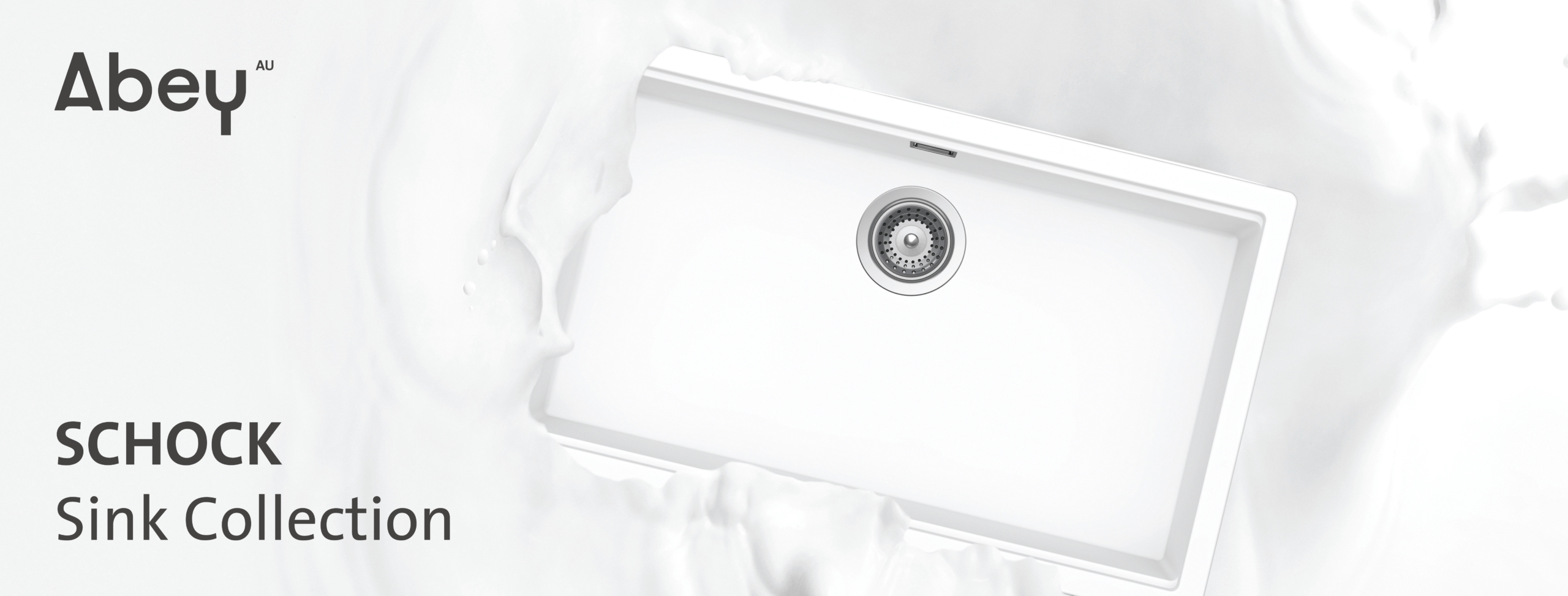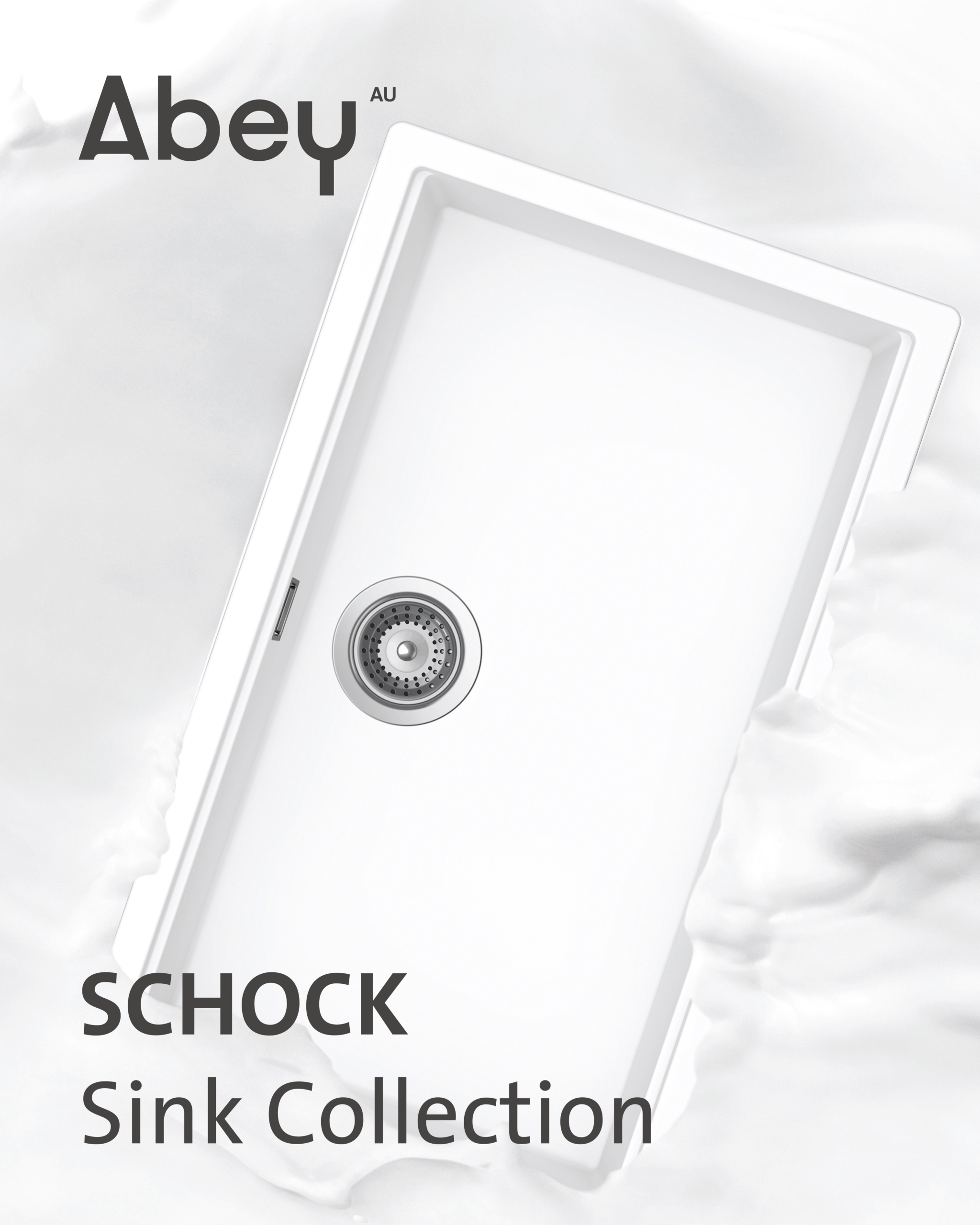
Profile: Patricia Urquiola
Spanish designer Patricia Urquiola is an unstoppable force, evidenced by her gregarious and affable nature and the unrelenting breadth of her creative output.
Not only does the designer spearhead Studio Urquiola – the Milan-based practice she founded in 2001 encompassing product design, architecture and art direction – but her endless slew of collaborations with some of the most important names in contemporary design resonate on a global scale.
During Salone del Mobile in Milan earlier this year, Urquiola held court at Moroso’s Via Pontaccio flagship. The designer has a long history with the Italian furniture house, with Moroso available exclusively in Australia at Mobilia. Her energy is high, and her delightful dialect is mostly English peppered with Spanish and Italian, animated by expressive hand gestures and a warm smile. That said, she has an intensity and a directness, and it’s clear that ingenuity and intellect are as much a part of her success as her aptitudes for colour and form.
Though Urquiola works with a wide range of brands, there’s something familial about her partnership with Moroso. In fact, she says to work with the brand during Salone is “to come home”. Since first collaborating in the 1990s, she’s designed countless pieces of furniture for the Italian powerhouse as well as their New York City showroom and creative director Patrizia Moroso’s house in Udine in northeastern Italy.
Not only is it a strong creative alignment – Moroso’s repute for quirk and colour is the perfect parallel for Urquiola’s fervent design sensibility – but Moroso has become a close friend. “Patrizia and me, we are two women friends, and we always work on the spirit and language of a project. For us, research is very open,” says Urquiola.
“I always think dialogue is not a question of being on the same page, it’s about having different points of view. Then the dialogue becomes interesting and crossing those opinions can move certain things,” she says.
Urquiola offers further insight into their relationship, describing it as effortless and trusting but not without rigour and a healthy provocation. They seem to possess the type of creative shorthand that can only be gleaned from years of listening to and challenging one another. “I always think dialogue is not a question of being on the same page, it’s about having different points of view. Then the dialogue becomes interesting and crossing those opinions can move certain things,” she says.
This idea of affecting change through design is a discourse she regularly engages with, specifically in relation to the development of biodegradable materials and surfaces. “I’m very interested in impure surfaces that show that the material is being rethought or regenerated.” Urquiola adds, “we have to open people’s minds to this and create a sensibility and an interest in impure, bio or recycled materials.”
Various recent collaborations speak to this line of enquiry. There’s the Babar tables for Glas Italia (also available from Mobilia) made from a conglomerate of 100 per cent recycled glass grit and glass shards, the Alder collection for Mater that utilises Matek – a material composed of biodegradable plastic and waste materials like coffee husks and sawdust, and more – all of which convey Urquiola’s now signature yet ever-surprising rendition of form, colour and materiality.
This year, for Moroso, Urquiola designed the Gruuve sofa as a reimagining of the Lowseat system originally released in 2000. Its curved profile, which is reminiscent of a letter ‘S’ lying on its side, takes the original trope of the Lowseat and exaggerates it, giving it an appealing fullness and a refreshed sense of relevance. There are two in the centre of the showroom – one upholstered in violet, another in apricot – hugging a coffee table. The setting is a gravitational point; guests lounge on the deep low seats while sipping negronis.
The inviting, curved profile and cushiony texture encourage a certain response. “It’s fantastic to sit on! You could have a party here,” Urquiola says about the backside of the sofa. This concept of human interaction informs her design process, but she plays this down. “Those are big words,” she says. “My intention is to create a behaviour or a little change and to connect with people. I’m most interested in this.”
Her fast-moving train of thought jumps to another idea and she leads through throngs of people to a different corner of the showroom. Though she’s unassuming about her effect on people, her impact is witnessed in real time.
Moroso is available exclusively in Australia through Mobilia.



























